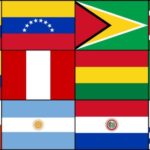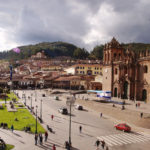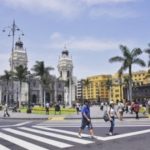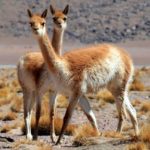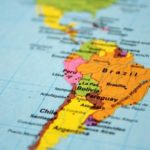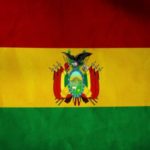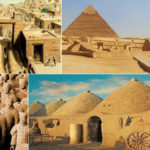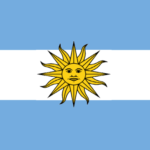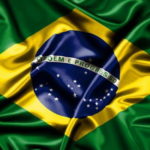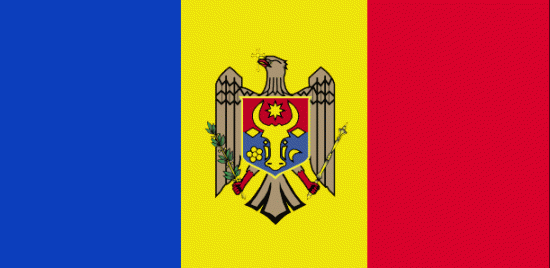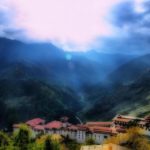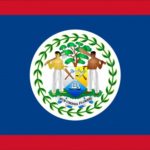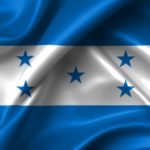Interesting facts about Peru
 Peru is an amazing country in which the traditions of the Indians have survived to this day, despite the onslaught of the Spanish conquistadors. Two cultures, native and European, mixed up, resulting in an amazing in its brightness and identity cocktail. But here, local traditions and beliefs are still strong, which makes Peru an extremely interesting country for any tourist.
Peru is an amazing country in which the traditions of the Indians have survived to this day, despite the onslaught of the Spanish conquistadors. Two cultures, native and European, mixed up, resulting in an amazing in its brightness and identity cocktail. But here, local traditions and beliefs are still strong, which makes Peru an extremely interesting country for any tourist.
Peru is the third largest country in the South American continent after Brazil and Argentina.
The first people appeared on the territory, now called Peru, for 10 thousand years before our era.
In the XII century in Peru appeared Inca, who founded a state called Tauantinsuyu. For five centuries of its existence it has grown to the largest empire that existed on the continent before its discovery by Christopher Columbus.
In Peru, one of the largest and most famous Inca cities of Machu Picchu is located. This amazing monument of antiquity is officially recognized as a miracle of the world. All the townspeople suddenly disappeared in 1532, and scientists still do not know what could happen to them.
The capital of Peru was founded by the Spaniard Francisco Pizarro, who destroyed the Inca empire by executing their leader. Celebrations in honor of the birthday of Lima take place in January, and they last a whole week.
In the XIX century the territory of Peru was divided into two parts – actually Peru and Bolivia.
In Peru, on June 28, the Seviche Day is celebrated at the state level, a national dish made from raw fish marinated in lime juice and seafood. In 2013, a monument to this delicious food was opened in Lima.
In Peru, at least one strong earthquake occurs every year.
Russians do not need a visa to travel to Peru – on the territory of the country without the issuance of any documents, other than a passport, you can spend up to 90 days.
Lima is a city with an unusual climate. Its distinctive feature is high humidity combined with almost complete absence of rain.
In Lima, you can try almost all the cuisines of the world, for which the city deserved the title of the culinary capital.
Peru is a corn country, on its territory there are about 55 species of this plant. Fruit grains can be not only yellow, but also black, purple or white.
Peru is preparing a traditional dish of guinea pigs.
In Lima is the oldest university on the American continents – the university opened its doors to students in the middle of the XVI century
Peru is the sixth largest gold producer in the world.
Peruvians managed to breed more than 3 thousand kinds of potatoes.
Peru ranks second in the world in the number of practicing shamans.
In the south of Peru, local people consume cats.
In the Peruvian region of Arequipa is located one of the deepest canyons on the planet – the depth of the Kolka canyon exceeds 3.5 kilometers.
Peru is widely known for its tropical forests, which occupy almost two thirds of the country’s territory (see interesting facts about forests).
Experts believe that Peru grows the best cotton in the world.
In one of the hotels in Peru is the world’s largest collection of orchids owned by a private person. It includes flowers of more than 500 varieties.
Before the New Year, Peruvians give their relatives and friends cowards.
In the Peruvian mountains lies Lake Titicaca, which is considered the highest mountain lake on Earth, suitable for navigation. This pond is also the largest in South America.
The inhabitants of Peru managed to tame the lamas more than 3000 years ago.
Nearly 90 different ecosystems share the territory of Peru, making the country famous for its rich populations of plants and animals.
In the Desert Sechura, tourists climb the world’s highest sand dune – its height from the bottom to the top is almost 1.2 kilometers.
Peru ranks first in the world for the export of asparagus.
National cuisine Peru due to its diversity is included in the Guinness Book of Records.
The mysterious Nazca lines, intriguing scientists from all over the world, are located on a desert plateau in Peru. These are huge images of animals or geometric figures made with furrows up to a width of 135 centimeters and a depth of up to 50 centimeters. Science is powerless to explain when and how these incredible drawings appeared, distinguishable only from a bird’s eye view.
